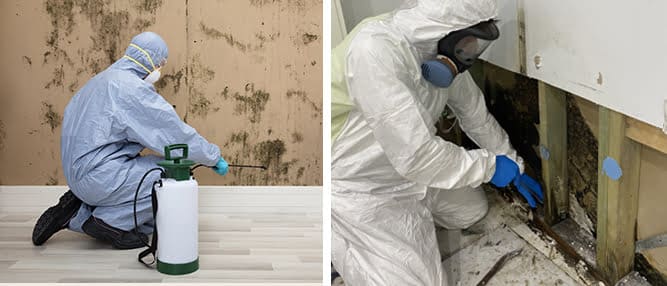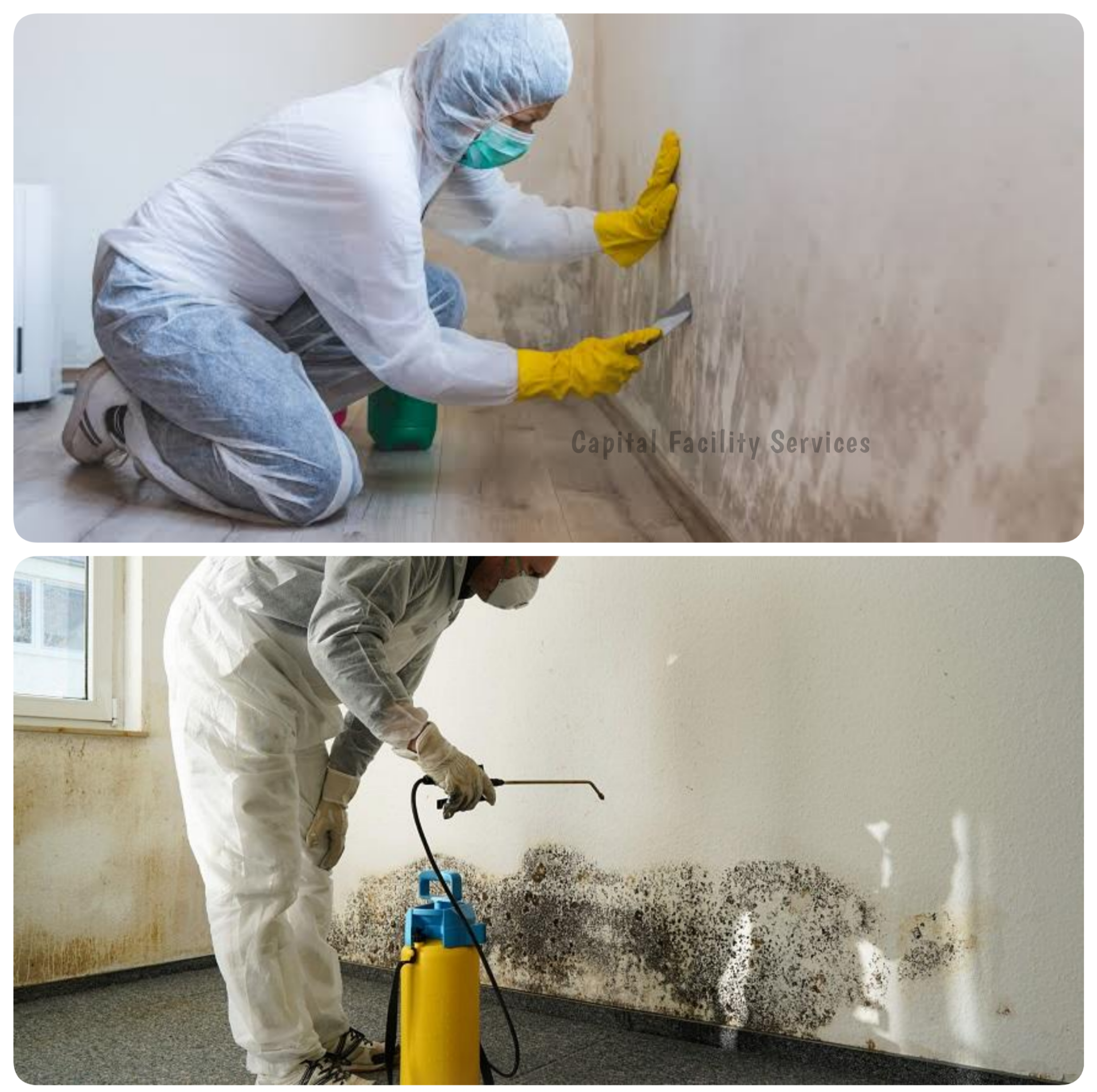Which are The Truth to Learn About Myths of Mould Cleaning?
Nowadays, Mould cleaning Melbourne is a common problem that many homeowners encounter, and the process of cleaning it can often be accompanied by confusion and misinformation. To demystify the subject, this article aims to debunk some of the most prevalent myths surrounding mold cleaning. With a plethora of conflicting advice available online, it is essential for homeowners to separate fact from fiction to effectively address this issue. By dispelling these misconceptions, you will gain a deeper understanding of proper mould cleaning techniques and be better equipped to maintain a healthy living environment for yourself and your family.

Bleach To Kill Mould
Using bleach to mould cleaning Melbourne has long been touted as an effective solution for tackling this stubborn fungus. However, recent studies indicate that the belief in bleach as a miracle cure may be nothing more than a myth. While bleach can indeed remove surface stains and make mould less visible, it does not address the root cause of the problem nor eliminate all traces of mould. One of the main reasons why bleach falls short in its ability to fully eradicate mould is its inability to penetrate porously.
Clean It Up On Own
Mould cleaning requires specialized knowledge and expertise to ensure proper removal and prevent further contamination. Without the necessary equipment and techniques, attempting to clean up mould can exacerbate the problem by releasing spores into the air and allowing them to multiply in other areas of your home. Professional remediation experts have access to high-quality containment systems that effectively seal off affected areas, preventing cross-contamination.
All Mould is Bad
While it is widely believed that all mould is bad and needs to be thoroughly cleaned and removed, this notion may be a misconception. The truth is that not all types of mould are harmful to our health or pose a significant risk to our homes. In fact, some types of mould are even beneficial to the environment. It is crucial to have a better understanding of the different types of mould and their potential risks before jumping into intensive cleaning processes.
Only Black Mould is Dangerous
Many people mistakenly believe that only black mould is dangerous and requires immediate attention. This myth needs to be debunked as it may lead to neglect of other types of mould that can still pose serious health risks. While it is true that black mould, often produces mycotoxins that can be harmful when inhaled or ingested, other colors of mould also have the potential to cause health issues. One such example is Aspergillus, a common greenish-black mould found in damp environments.
Small Mould is Not an Issue
Even small patches of mould cleaning Melbourne can release spores into the air, which can lead to respiratory issues such as allergies and asthma. Additionally, mold growth that is left unchecked has the potential to spread rapidly and cause extensive damage to walls, ceilings, and other surfaces. Mold thrives in damp environments, so if it is present even in small amounts, there may be water leaks or high humidity levels that need to be addressed.
